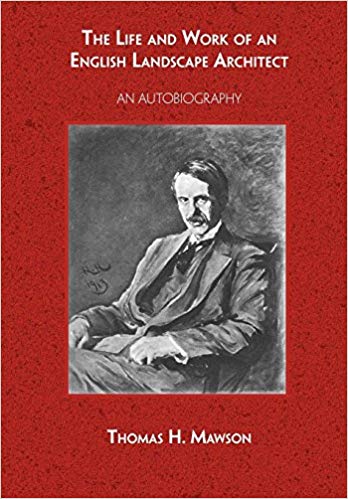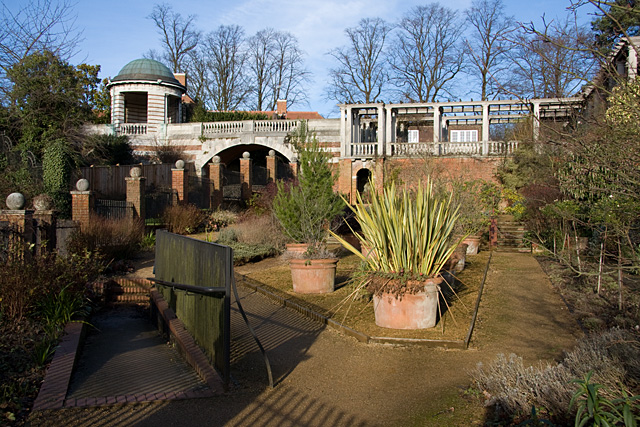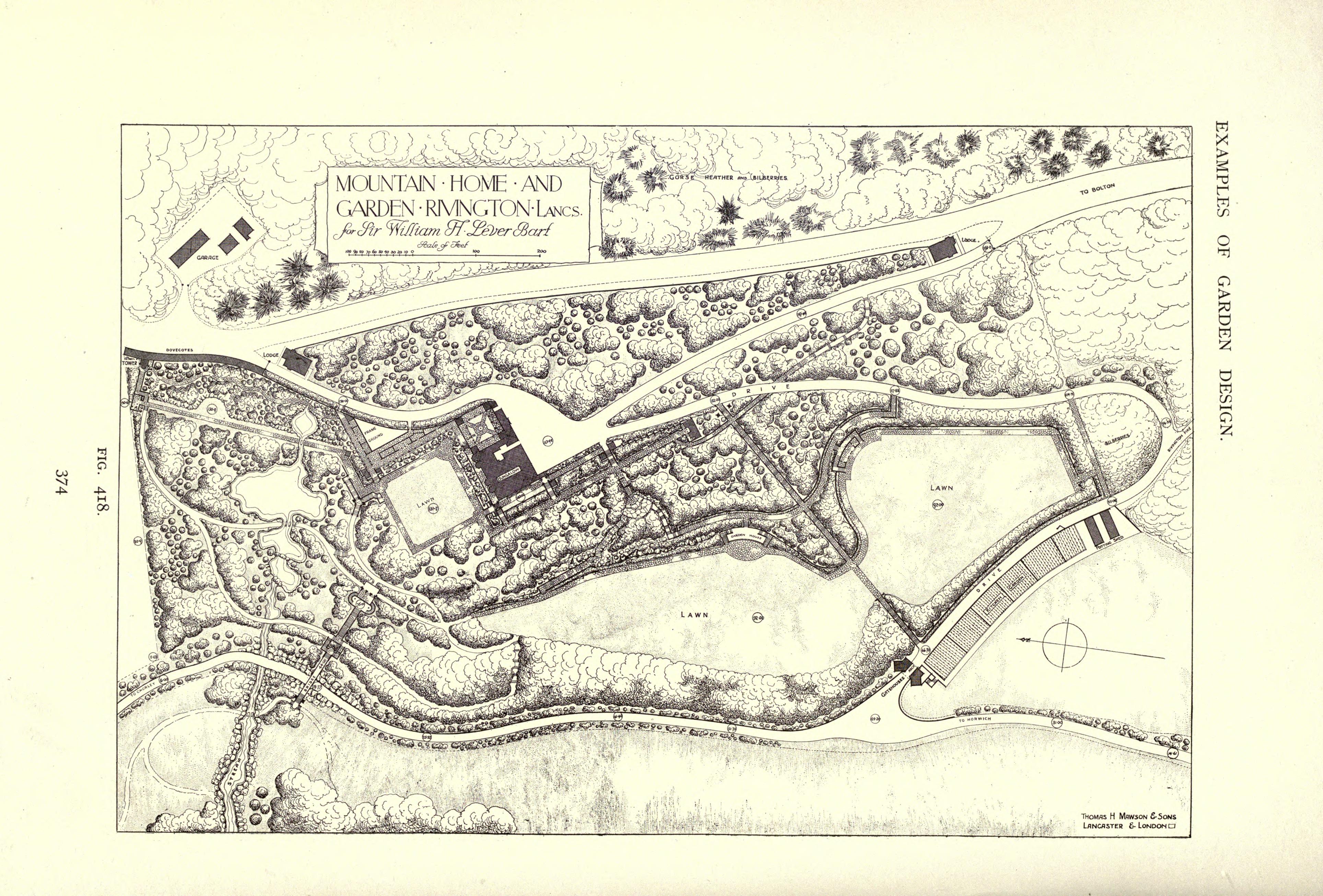Thomas Hayton Mawson (1861–1933) was a leading early 20th-century garden designer, landscape architect and town planner. He left school aged twelve to work for a builder, and at fourteen helped his father set up a plant nursery. After setting up in business in Windermere with his brothers, he designed private gardens in the locality before designing public parks in Britain. His work took him to the United States of America, Canada and Europe.
Despite having little formal education, Mawson lectured at Liverpool University and wrote several books.
Family
Thomas Mawson was born on 5 May 1861 in Nether Wyersdale, Lancashire, the second of four children of John Mawson and his wife, Jane Hayton. In August 1884 Mawson married Anna Prentice, daughter of a surgeon in North Walsham. Mawson was raised in the nonconformist tradition and politically was a Liberal. A family man, he was described as kind, genial, and without professional airs.[1]
The Mawsons had four sons and five daughters, one of whom died in infancy. Three sons entered into the family business, and the youngest ran the Lakeland Nurseries. Three daughters established Thornton Art Industries at Thornton Hall in Lincolnshire. Their eldest son, Edward Prentice Mawson, became a landscape architect and eventually took over his father’s business.[1] Mawson built a bungalow on the foreshore of Morecambe Bay at Hest Bank, and opened an office in Lancaster.[2] For the last ten years of his life Mawson suffered from Parkinson’s disease, from which he died at Hest Bank on 14 November 1933.[1]
Career
After leaving the local school, aged twelve, Mawson started work for a builder in Lancaster. Two years later he left to help his father set up a nursery.[2] The family moved to London after his father’s death in 1877, where Mawson worked for a floral decorator before joining Hale Farm Nurseries at the age of 20.[1]
After Mawson’s marriage, and an offer of a partnership was withdrawn in 1885, he moved to Windermere to set up in business with his brothers Robert and Isaac, and designed gardens for which his brothers were the contractors.[2] He designed many private gardens in the locality and attracted contracts countrywide.[1] He left the company when it was established and it was formally divided in 1895.[2]
A commission to lay out Hanley Park was Mawson’s first for a public body. It was in an industrial area that contained abandoned mine shafts and pottery-waste heaps. Part of the park opened in 1894 and the rest in 1897.[3] Another commission for a park on derelict industrial land with pit shafts and cinder heaps in Burslem was started in 1893 and completed in 1894.[4] Mawson designed another for Barrow in Furness, which was completed in 1907–1908. Developments at Pittencrieff Park in Dunfermline brought him into contact with the philanthropist, Andrew Carnegie. William Lever, later Lord Leverhulme, employed him to design Lever ParkGrade II listed country park between Rivington in Lancashire and Horwich in Greater Manchester. by the Lower Rivington ReservoirThe Rivington Reservoir Chain, or Rivington Pike Scheme, was built for Liverpool Corporation Waterworks between 1850 and 1857 by Thomas Hawksley. , a public park in RivingtonVillage in the Borough of Chorley, to the northwest of Bolton, on the fringe of the West Pennine Moors. and he also laid out Rivington GardensRivington Gardens cover about 45 acres of the steep west-facing slopes of Rivington Moor at the edge of the West Pennine Moors in Lancashire. and landscaped the hillside around Lever’s Roynton Cottage below Rivington PikeHill summit on Winter Hill, part of the West Pennine Moors, overlooking the village of Rivington in Lancashire, England..[2] He also worked for Lever at Thornton Manor in Cheshire and Hill House in Hampstead.[5]
After 1905 Mawson travelled abroad, where he designed gardens in Baltimore, New York and Canada. European work included gardens in France, Prussia, the Peace Palace gardens in The Hague, and he was commissioned to design royal gardens and a park in Athens for the King of Greece in 1913, which was not started.[1]
Mawson became an honorary member of the Royal Institute of British Architects in 1903 and a member of the Art-Workers’ Guild in 1905. He was made a freeman of the City of London in 1917 and an honorary liveryman of the Worshipful Company of Gardeners. In 1921 he became a fellow of the Linnean Society. In 1923 he was elected president of the Town Planning Institute, and the following year he was appointed to the Royal Fine Arts Commission. In 1929 he became the first president of the Institute of Landscape Architects.[1][2]
Publications
Mawson’s publications include “The Art and Craft of Garden Making” in 1900 and “Civic Art”, a discussion of town planning in 1911. He lectured at Liverpool University’s School of Civic Design from 1910 to 1924, and conscious that he lacked formal education, among his lifelong concerns was the need for education.[1] He wrote his autobiography, The Life and Work of an English Landscape Architect in 1927.




